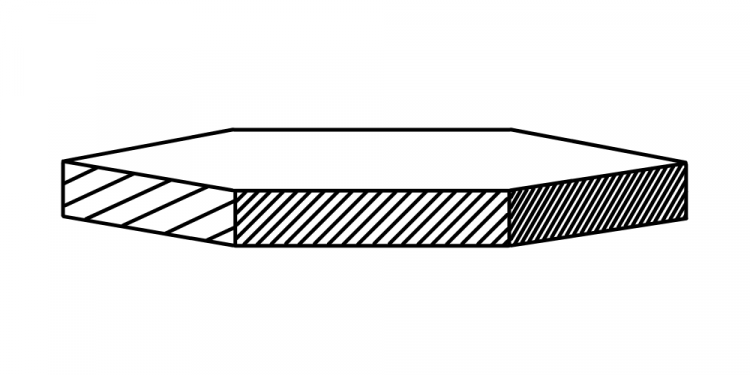Raw and Uncut Rubies
Raw and Uncut Rubies are natural gemstones that have not been shaped, polished, or treated, showcasing the ruby in its original crystal form. These rubies often appear rough, with a hexagonal structure, and display deep red to purplish-red hues. Raw and uncut rubies may contain natural inclusions, surface irregularities, and traces of host rock, making each piece unique. Collectors and gem enthusiasts value raw and uncut rubies for their authenticity, geological interest, and potential for custom cutting or use in natural-style jewelry. Whether kept in their raw state or later fashioned into gems, raw and uncut rubies offer a pure and captivating glimpse into nature’s artistry.

As the title implies, raw rubies are what rubies look like before they are cut or faceted. Few people outside geologists and the jewellery industry recognize uncut gems.
Uncut gems are usually referred to as gem rough. On the right, you can see cut rubies along with ruby rough that is malformed, and grown as their ideal habit. A gem’s habit is the shape the crystals like to grow in. For rubies, the ideal shape is the flat, hexagonal tablets on the right.
That particular habit is the reason why rubies over a carat become very expensive, very quickly. The popularity of the color red in combination with the scarcity makes the price jump like a grasshopper.
What are rubies?
Rubies are the red variety of corundum, chemically written as Al2O3. Pure corundum is colorless, with the red color caused by chromium (Cr) being present in the right amount (approximately 2% of total mass is the ideal, maximum amount found in nature). Their tone needs to be medium to dark, since corundum colored red with light tones are actually pink sapphires. Pink sapphires can come from the same rough as rubies.
What Causes this Shape?

Chromium is the reason rubies grow in this flat, hexagonal shape, rather than its mineral cousin sapphires. Rubies and sapphires are both differently colored varieties of the mineral species corundum.
The precise technical details of the growth are very difficult to explain, much less do so simply, but it is ultimately a matter of solubility. The corundum mineral forms in a superheated liquid of various elements. This includes the elements that make up its base composition, aluminum and oxygen, to form aluminum oxide (Al2O3) or corundum.

The chromium does not mix with the corundum very well in the super heated environment, and the chromium makes it form very shallowly. A ruby needs a lot more chromium than a blue sapphire needs iron and titanium (2% vs. 0.1%, approximate values respectively).
The size and shape of the gem rough is inhibited by the large amount of chromium. Chromium is also a rarer element than iron and titanium, making rubies rarer too.
Also remember that the hexagonal shape is a ruby’s ideal habit, and they very rarely form ideally. A lot of the time they also come from places like Sri Lanka (formerly Ceylon) as water-worn pebbles. They also form highly-included rough more similar to uncut sapphires.


Learn how to identify raw and uncut ruby by recognizing its natural features, crystal structure, and typical surface characteristics.
